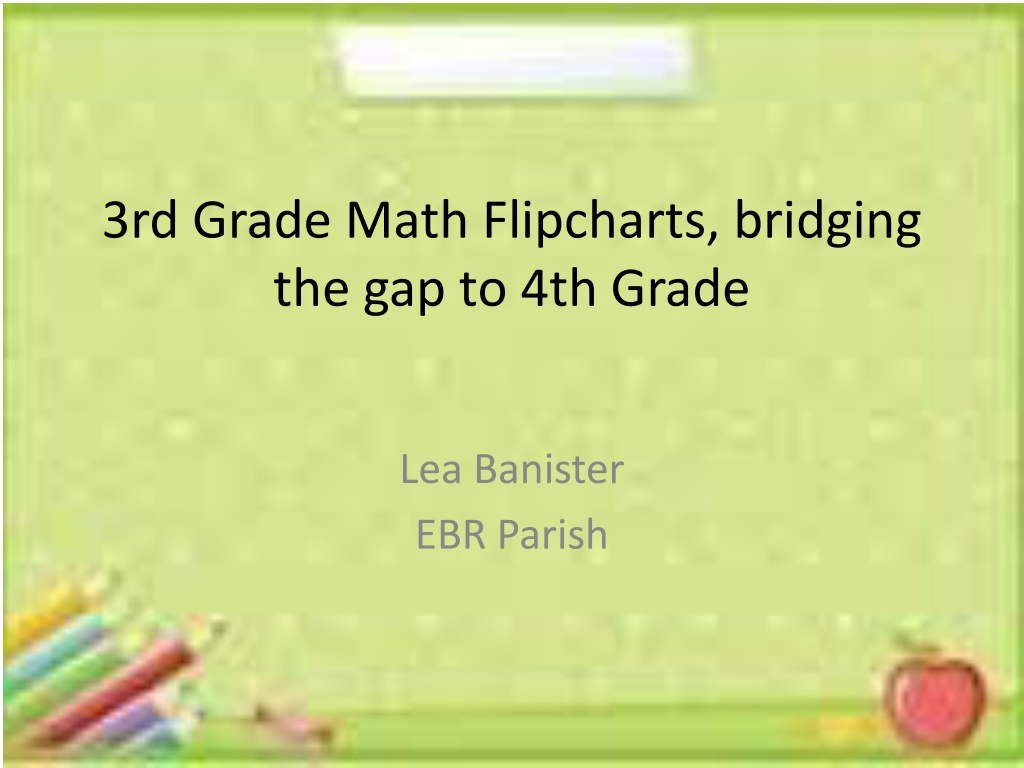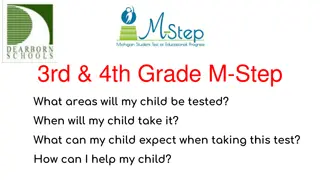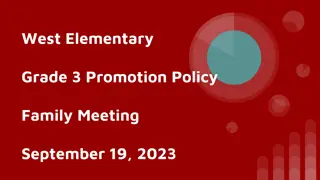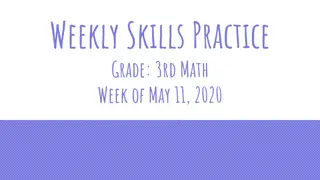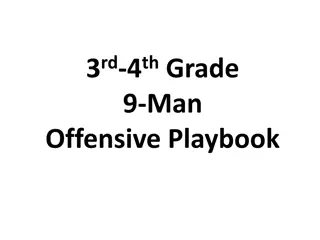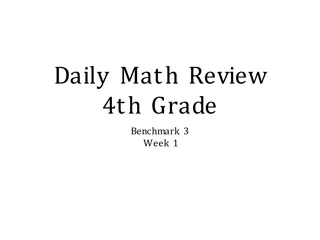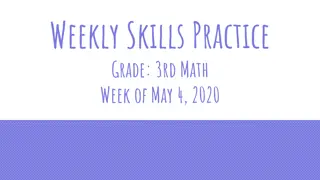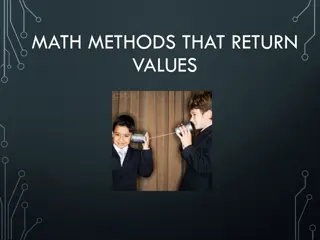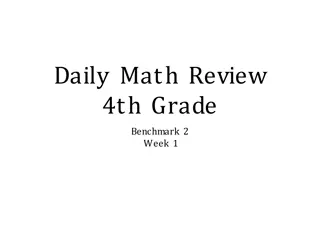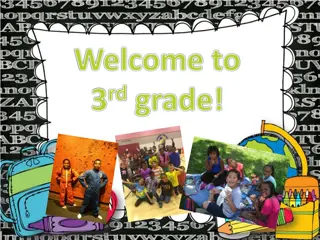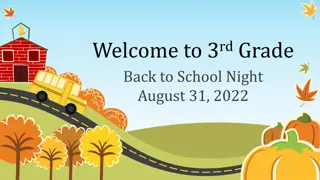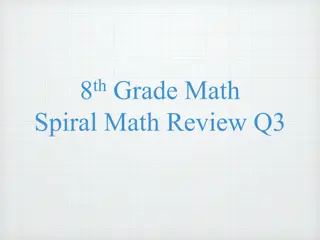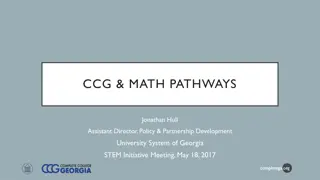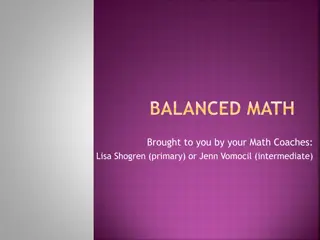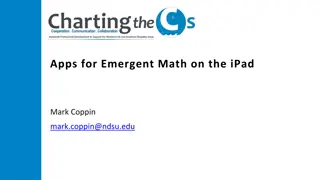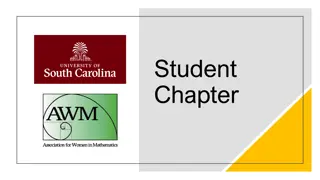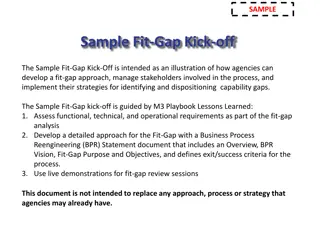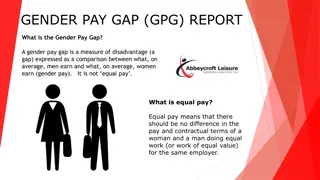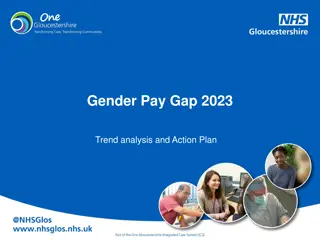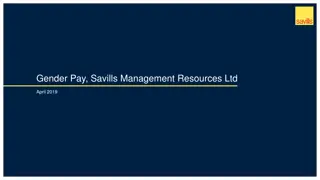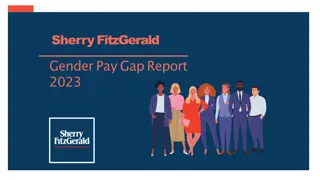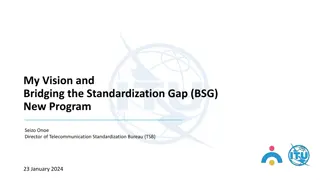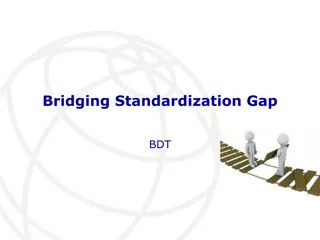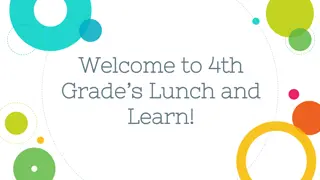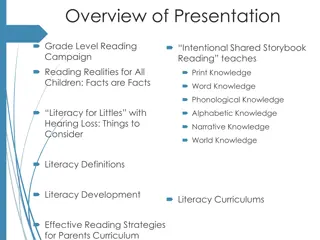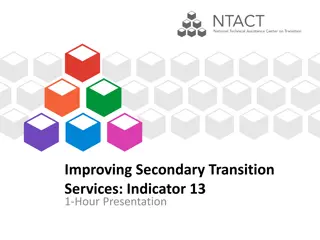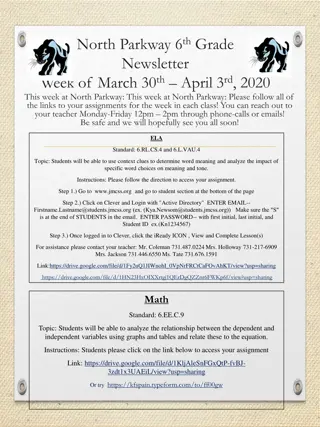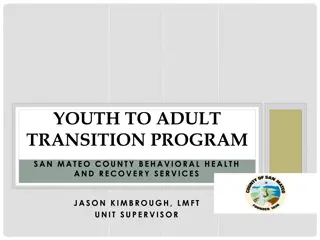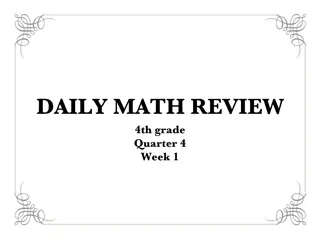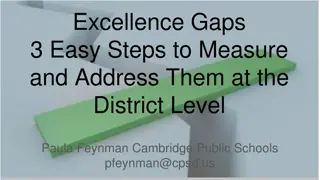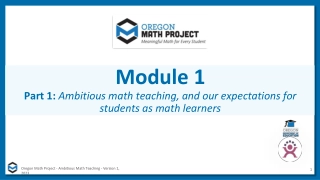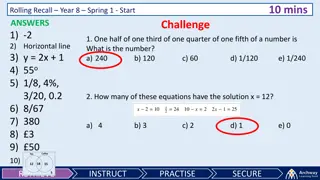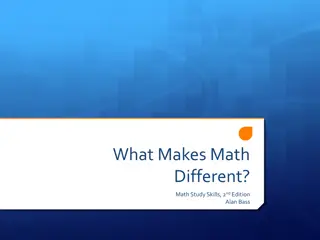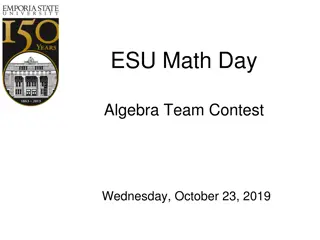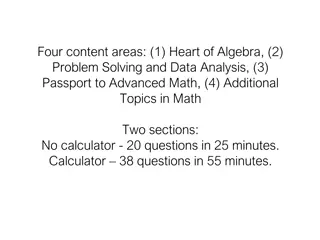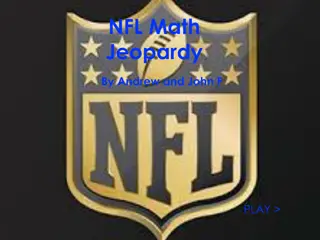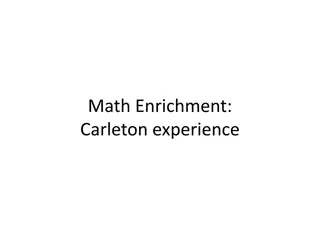Bridging the Gap: 3rd Grade Math Flipcharts for Successful Transition to 4th Grade
In this instructional presentation, educators are guided on using flipchart lessons to bridge the gap between 3rd and 4th-grade math concepts. The session provides insights into creating and implementing engaging activities like bell ringer tasks, data collection, and problem-solving. Mathematical practices and student achievement are emphasized to ensure a smooth transition and foster critical thinking skills.
Download Presentation

Please find below an Image/Link to download the presentation.
The content on the website is provided AS IS for your information and personal use only. It may not be sold, licensed, or shared on other websites without obtaining consent from the author. Download presentation by click this link. If you encounter any issues during the download, it is possible that the publisher has removed the file from their server.
E N D
Presentation Transcript
3rd Grade Math Flipcharts, bridging the gap to 4th Grade Lea Banister EBR Parish
Session Overview : Teachers will be provided a flipchart lesson from Module 4 Lesson 13. Creation and use of the flipchart will be discussed.
Bridging the GAP Bell ringer activity 1. Date 2. Number of the day 3. Odd/even 4. Number Sentence 5. Array 6. Compare numbers 7. Add 1000 to the number 8. Fact Family 9. Place Value 10.Show number with money 11. Collecting Data Monday Collect Data Tuesday Tally Chart Wednesday Bar Graph Thursday Analyze Data Friday Write 2 questions from the data
Bridging the gap Bell ringer activity 1. Date 2. Number of the day 3. Write the number in words 4. Place Value 5. Add the previous number 6. Subtract the previous number 7. Array 8. Number Sentence 9. Write a problem 10. Solve the problem using number bond or tape diagram.
Mathematical Practices 1. Make sense of problems and persevere in solving them. 2. Reasons abstractly and quantitatively. 3. Construct viable arguments and critique the reasons of others. 4. Model with mathematics. 5. Use appropriate tools strategically. 6. Attend to precision. 7. Look for and make use of structure. 8. Look for and express regularity in repeated reasoning.
1. Open the website you would like to copy. 2. Use the tools - camera - choose the snapshot you like 3. Adjust the size of the object you copied to fit the chart.
Whats in the flipcharts? Objective Fluency Review of Previous Lesson Application Problem Concept Development Problem Set Student Debrief Exit Ticket
